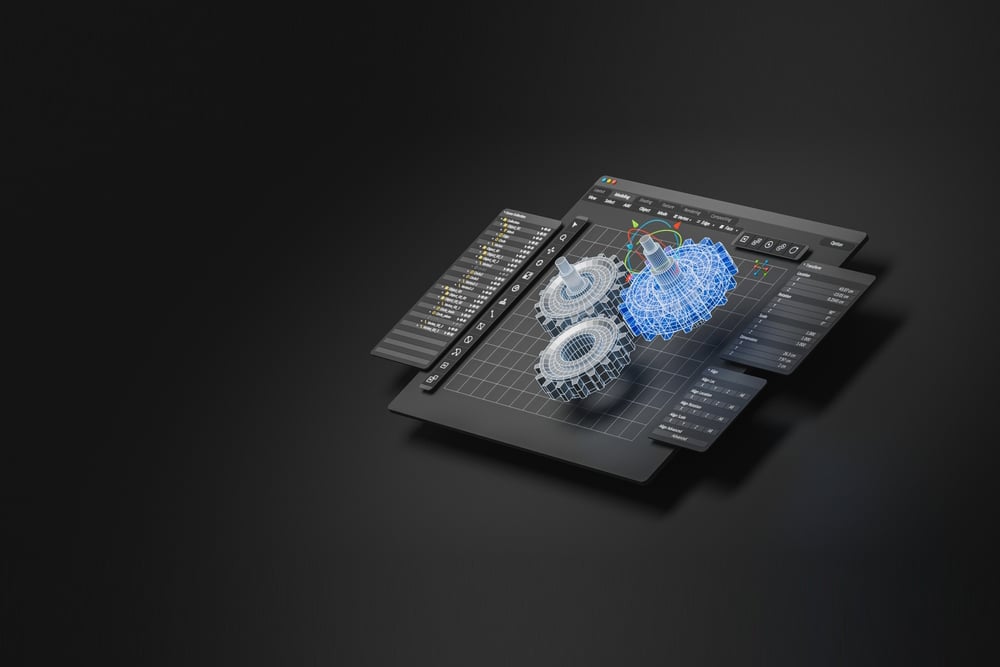Designing for Manufacturability
Leave a CommentThe design of a product is one of the most critical aspects of its manufacture. While it is important to consider the aesthetics and functionality of a product, it is also essential to consider how it will be produced. This is where design for manufacturability comes in.
Design for manufacturability is about designing a product with an understanding of the manufacturing processes and capabilities. It involves considering factors such as the type of materials used, production volume, tolerances, tooling requirements, and cost to ensure that it can be produced efficiently. It also allows designers to optimize product design, leading to cost savings, better quality control, and faster production times.
When it comes to manufacturing metal components, there are a variety of different processes that can be used. However, not all methods are equal in terms of efficiency and cost-effectiveness. It is essential to carefully consider the options and select the best process for each component.
For example, casting is a popular manufacturing method, but there are several different types of casting, each with its advantages and disadvantages. The same applies to forging, stamping, powder metal, and injection molding. By evaluating the different options, manufacturers can ensure they use the most efficient process for each component.
A Holistic Approach
Design for manufacturability considers all aspects of production, from materials selection to assembly methods. By taking a holistic approach to design, manufacturers can ensure that their products are fit for purpose and easy and cost-effective to produce.
Designing stage is crucial for the success of any custom-manufactured metal product. It helps reduce costs and avoid quality issues while taking full advantage of the capabilities of the manufacturing process. To select the most efficient manufacturing process, designers must consider various factors, including geometry, weight, projected annual usage, etc.
By consulting with experts in metal processing technologies, designers can get unbiased and accurate information on the different manufacturing options available, helping them choose the most suitable process for each component.
When Designing for Manufacturability is Practiced
Involving potential suppliers as early as possible allows designers to integrate their feedback into the product design and make changes that reduce cost or improve the quality and performance of the product. This is much easier to do before finalizing the design, as changes made at later stages may affect other product components.
Prevalent practice
The prevalent practice in many industries is to finish designing all components that make the product before contacting potential suppliers. This can be problematic, as it can be much harder to implement input from suppliers at this stage that could reduce costs or improve quality and performance.
This is because changes that need to be made may affect mating parts that have already been fully designed. As a result, it is often advisable to involve potential suppliers early in the design process to get the best possible outcome for the product.
Maximize the quality and reduce cost by Designing for Manufacturability
Manufacturers can create cost-effective, high-quality products by consulting with experts and involving potential suppliers early in the design process.
Designing for manufacturability, companies can ensure the success of their custom-manufactured metal products and get the best value out of their manufacturing process.
Manufacturers may boost quality, reduce costs, and shorten lead times by applying design for manufacturability concepts to both new and existing products.
Get in touch with us to learn more about custom metal components, assemblies, and products available at Chaparral Technologies, Inc.

